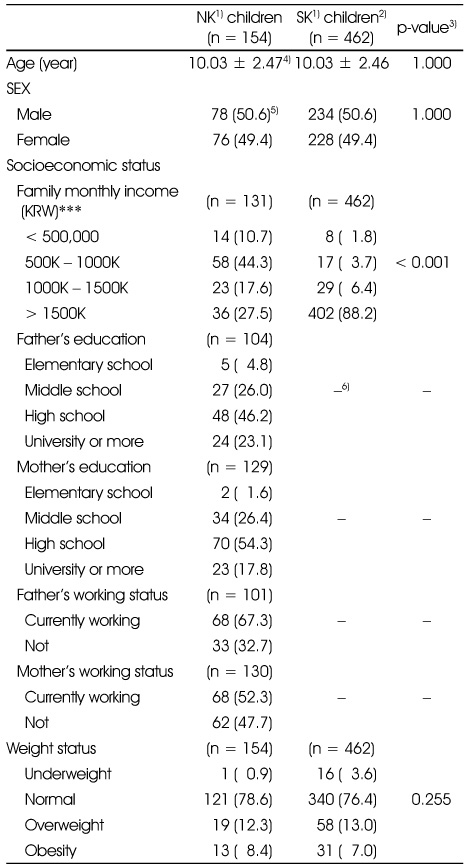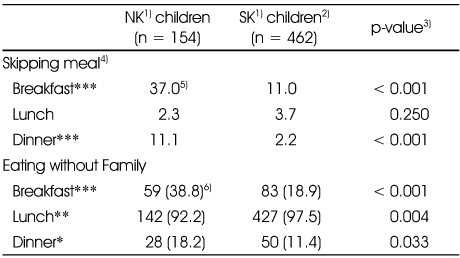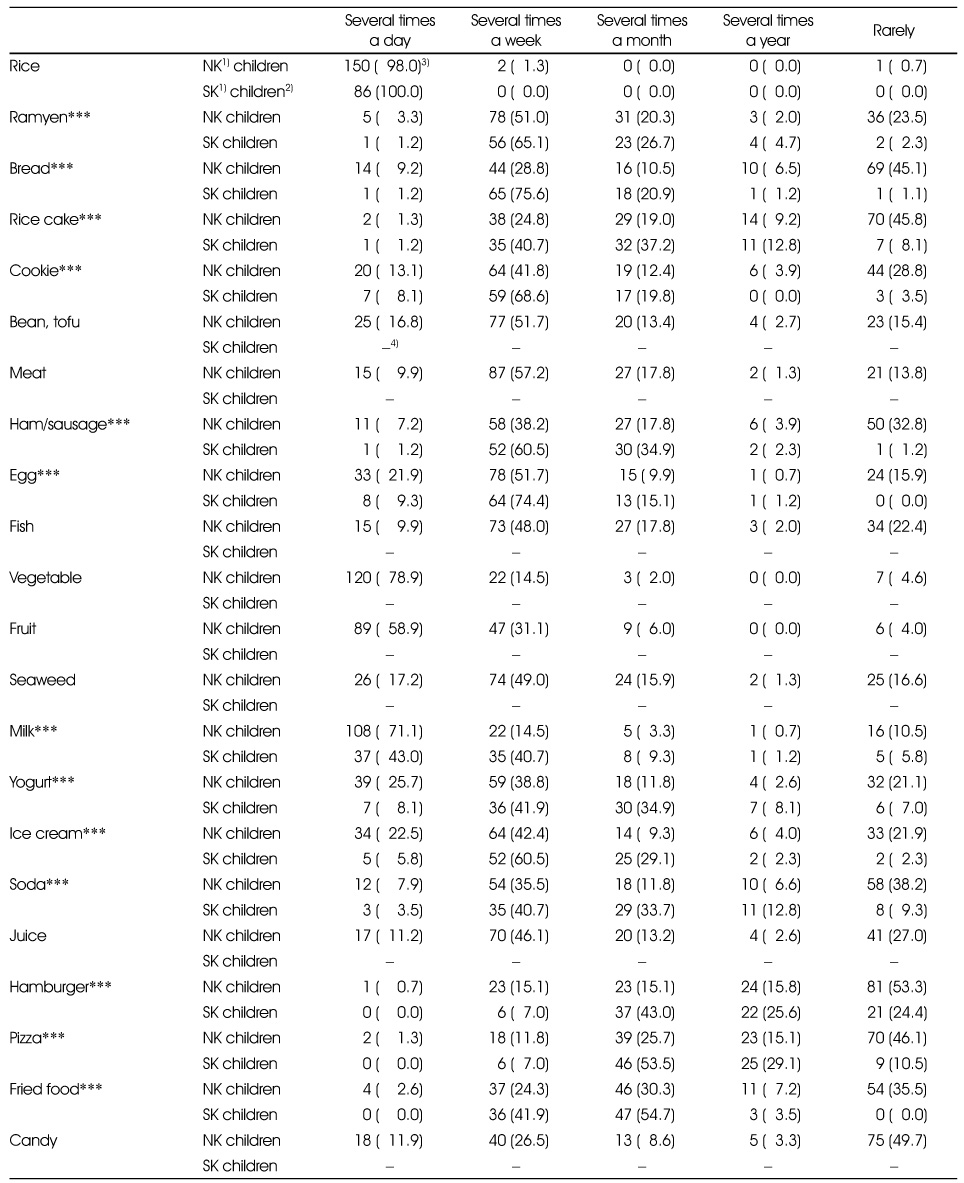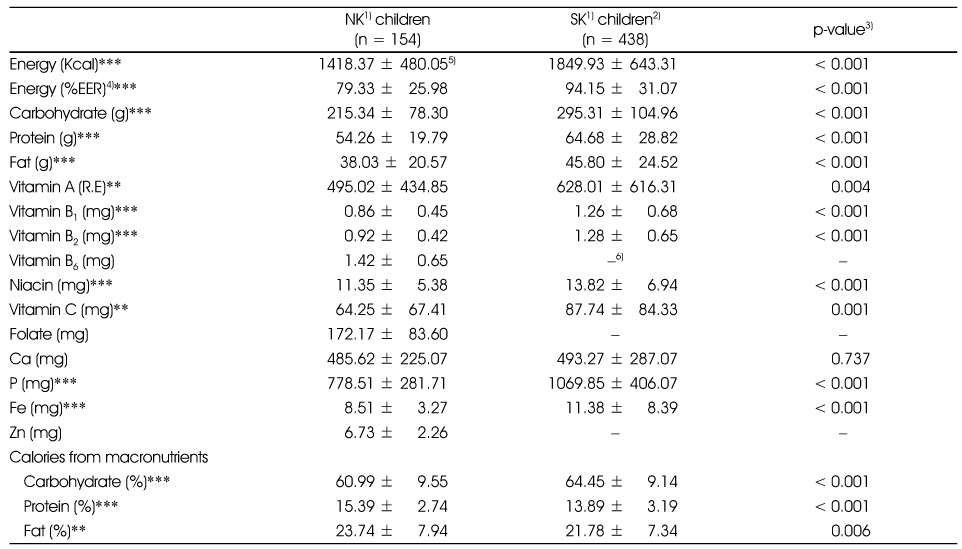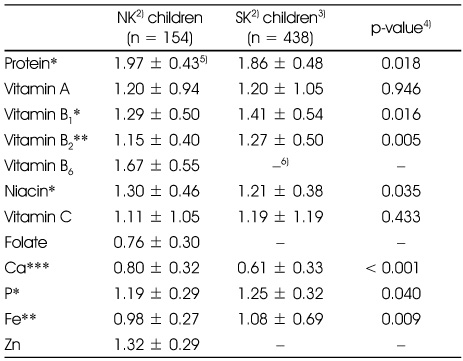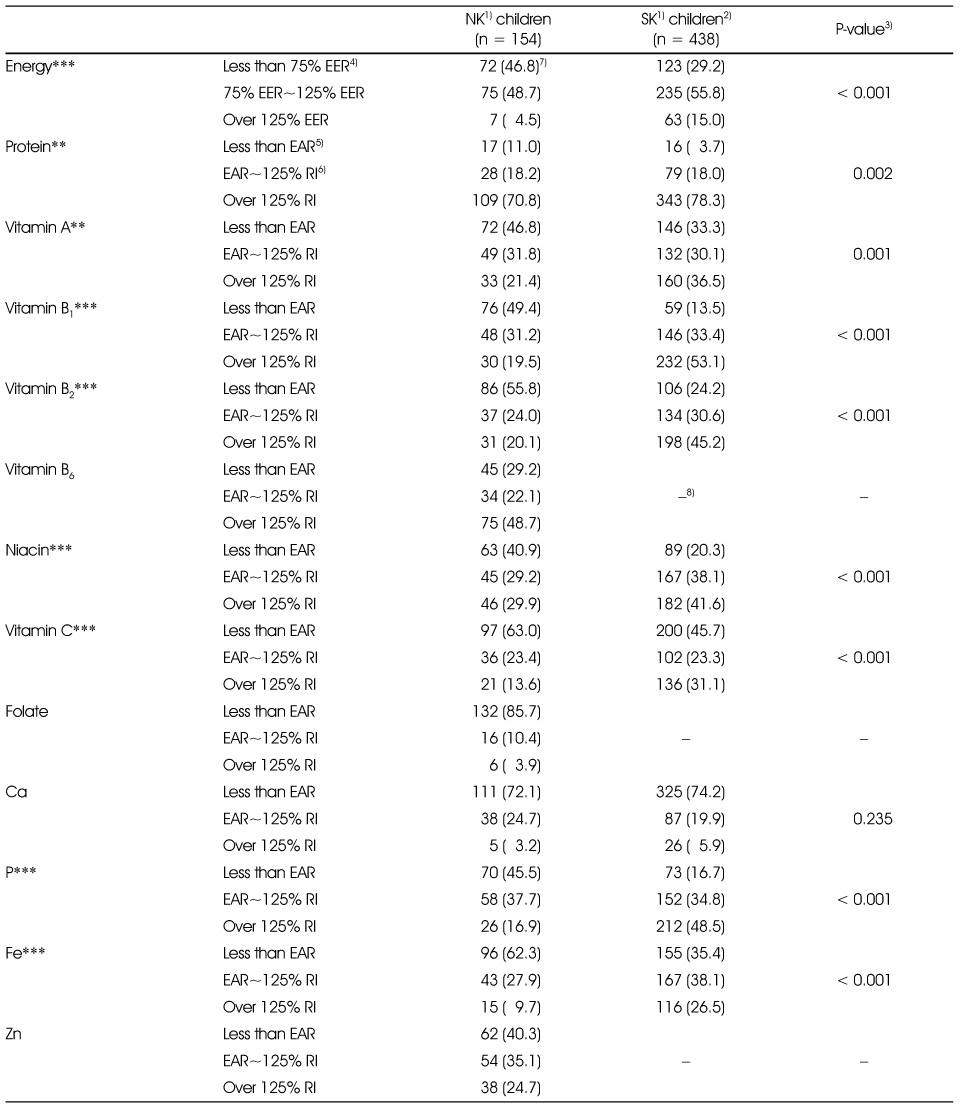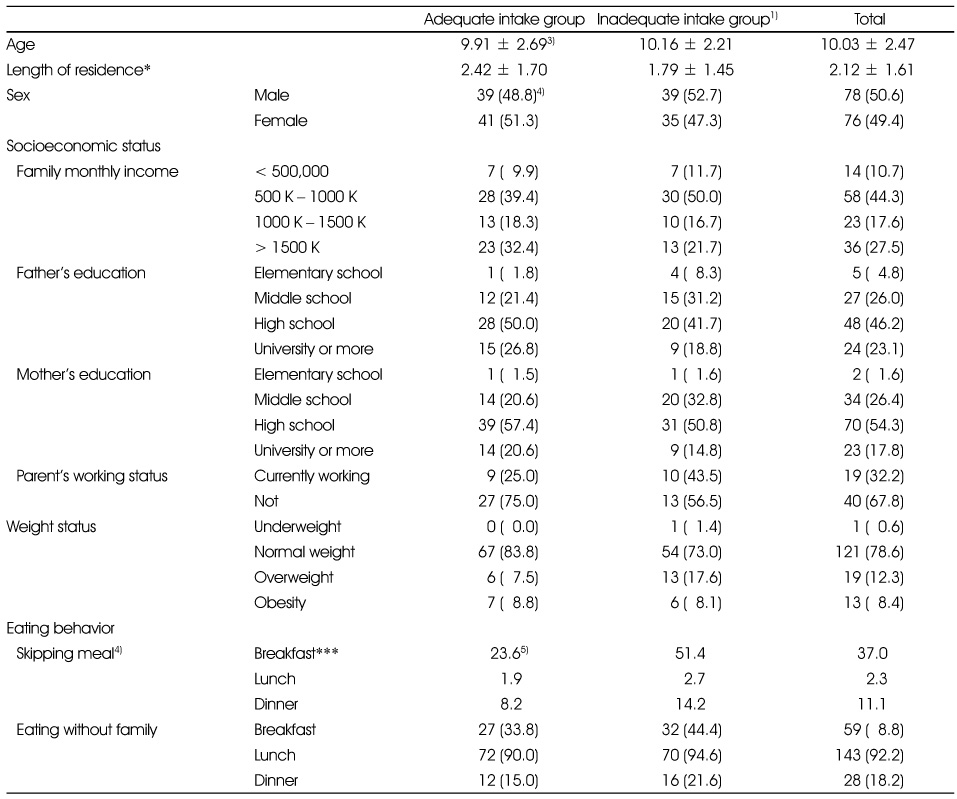References
1. Barker DJP. Fetal and infant origins of adult disease 1992. London: British Medical Journal Publishing;
2. Barker DJP. Mothers, babies, and diseases in later life 1994. London: British Medical Journal Publishing;
3. Beardsworth A, Keil T. Sociology on the menu 1997. London: Routledge;
4. Chang N, Jo D, Hwang J, Kang E. Assessment of health and nutritional status of North Koreans utilizing an exhaustive literature search and survey. Korean J Nutr 1998. 31(8)1338–1346.
5. Chang N, Kang EY, Lee JM, Lee MK. Anthropometric measurements and dietary patterns of North Korean migrant children in China. Korean J Nutr 2000a. 33(3)324–331.
6. Chang N, Hwang JY. Food shortage, nutritional deprivation, and reduced body size in North Korean defectors. Korean J Nutr 2000b. 33(5)540–547.
7. Choi SK, Park SM, Jung H. Still life with less: North Korean young adult defectors in South Korea show continued poor nutrition and physique. Nutr Res Pract 2010. 4(2)136–141.
8. Choue RW, Hong JY, Yim JE. The changes of dietary intakes in the defectors from North Korea. Korean J Community Nutr 1997. 2(4)470–476.
12. Gibson RS. Principles of nutritional assessment 1990. 2nd edth ed. Oxford: Oxford University Press;
13. Gluckman P, Hanson M. Developmental origins of health and disease 2006. Cambridge: Cambridge University Press;
14. Hoffman DJ, Sawaya AL, Verreschi I, Tucker KL, Roberts SB. Why are nutritionally stunted children at increased risk of obesity? Studies of metabolic rate and fat oxidation in shantytown children from Sao Paulo, Brazil. Am J Clin Nutr 2000. 72(3)702–707.
15. Hwang JY, Chang N. Dietary patterns and nutrient intake in North Koreans by utilizing literature search and survey. Korean J Community Nutr 2001. 6(3)371–379.
16. Kim SG. Physical health status of North Korean migrants in South Korea. 2011 International Conference on the Health of North Korean Migrants 2011. 97–118.
17. Korea Center for Disease Control and Prevention & The Korean Pediatric Society. 2007 Korean National Growth Charts 2007. cited 2012 June 15. Available from
www.cdc.go.kr.
18. Korea Centers for Disease Control and Prevention. The Fourth Korea National Health and Nutrition Examination Survey (KNHANES VI-3), 2009 2009.
19. Korea Centers for Disease Control and Prevention. The Fifth Korea National Health and Nutrition Examination Survey (KNHANES V-1), 2010 2010.
20. Lee SK, Sobal J, Frongillo EA. Acculturation, Food Consumption, and Diet-related factors among Korean Americans. J Nutr Educ 1999. 31(6)321–330.
21. Lee SK, Sobal J, Frongillo EA. Acculturation and Health in Korean Americans. Soc Sci & Med 2000. 51(2)159–173.
22. Lee SK. Dietary acculturation in Korean Americans. J Community Nutr 2003. 5(4)246–253.
24. Ministry of Unification. The statistic of displaced North Korean 2012. cited 2012 June 04. Available from
http://www.unikorean.go.kr.
25. North Korea Central Bureau of Statistics & UNICEF. Demographic Peopleís Republic of Korea: Multiple indicator cluster survey, 2009 2010. Poyngyang, DPR Korea:
26. Park YS, Rhee KC, Lee KY, Rhee EY, Yi SH, Kim DN, Choi YS. A glance at the health status and food intake of North Koreans. Korean J Community Nutr 1997. 2(3)396–405.
27. Park YS, Rhee KC, Lee KY, Rhee EY, Yi SH, Kim DN, Choi YS, Seok D. Dietary living in North Korea according to the defectors. Korean J Community Nutr 1999. 4(1)64–73.
28. Satia-Abouta J, Patterson RE, Neuhouser ML, Elder J. Dietary acculturation: applications to nutrition research and dietetics. J Am Diet Assoc 2002. 102(8)1105–1118.
29. Shim JE. Dietary quality of future Korea after reunification. Quality improvement of family life quality improvement of North Koreans in reunited Korea 2011. Incheon, Korea: Conference proceeding; 15–30.
30. Shim JE, Yoon J, Jeong SY, Park M, Lee YS. Status of early childhood and maternal nutrition in South Korea and North Korea. Korean J Community Nutr 2007. 12(2)123–132.
31. The Korean Nutrition Society. Dietary reference intakes for Koreans 2010. Seoul: The Korean Nutrition Society; 33–43.
32. Yeoh YJ, Yoon JH, Shim JE. Relation of breakfast intake to diet quality in Korean school-aged children: analysis of the data from the 2001 National Health and Nutrition Survey. Korean J Community Nutr 2009. 14(1)1–11.
